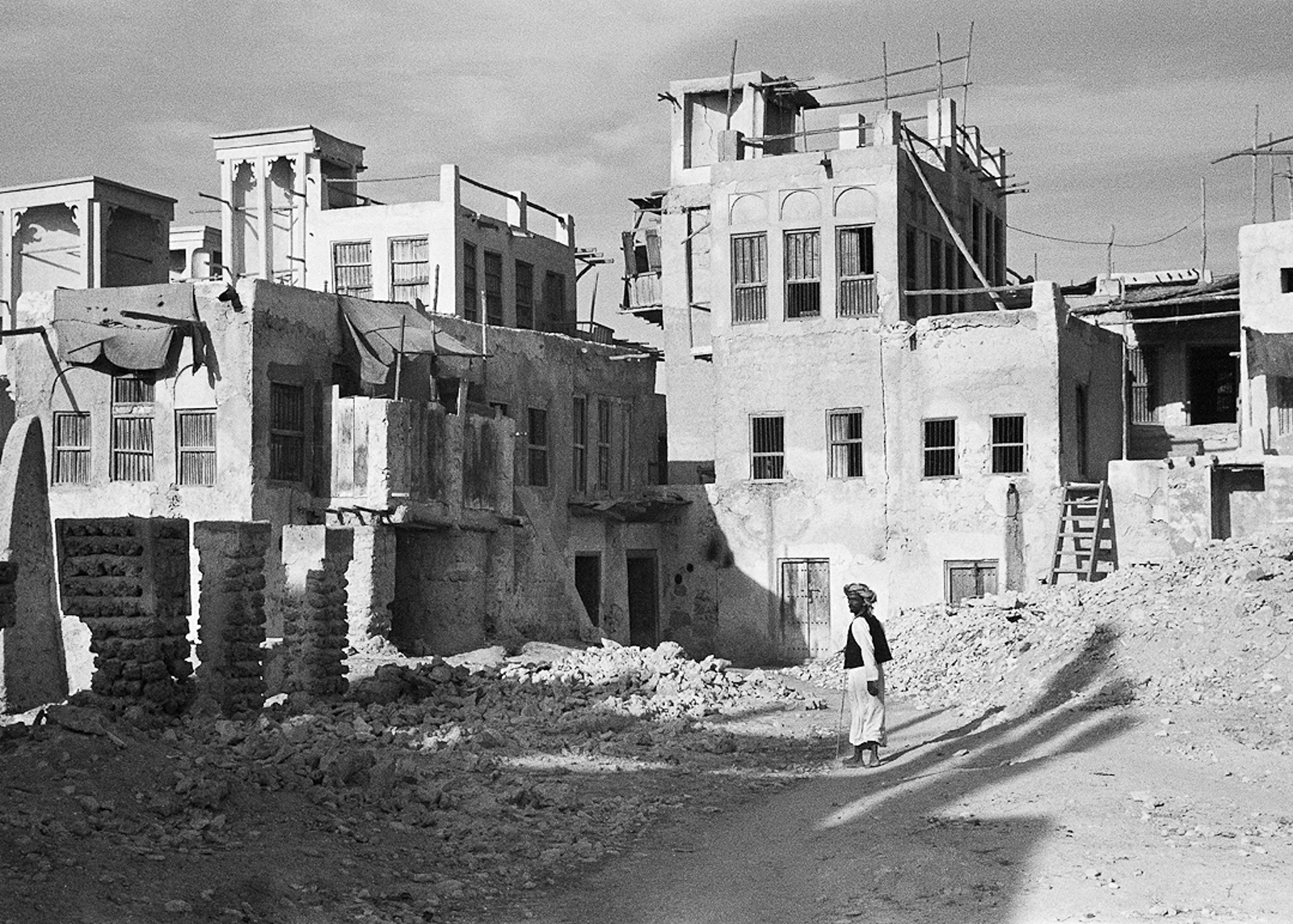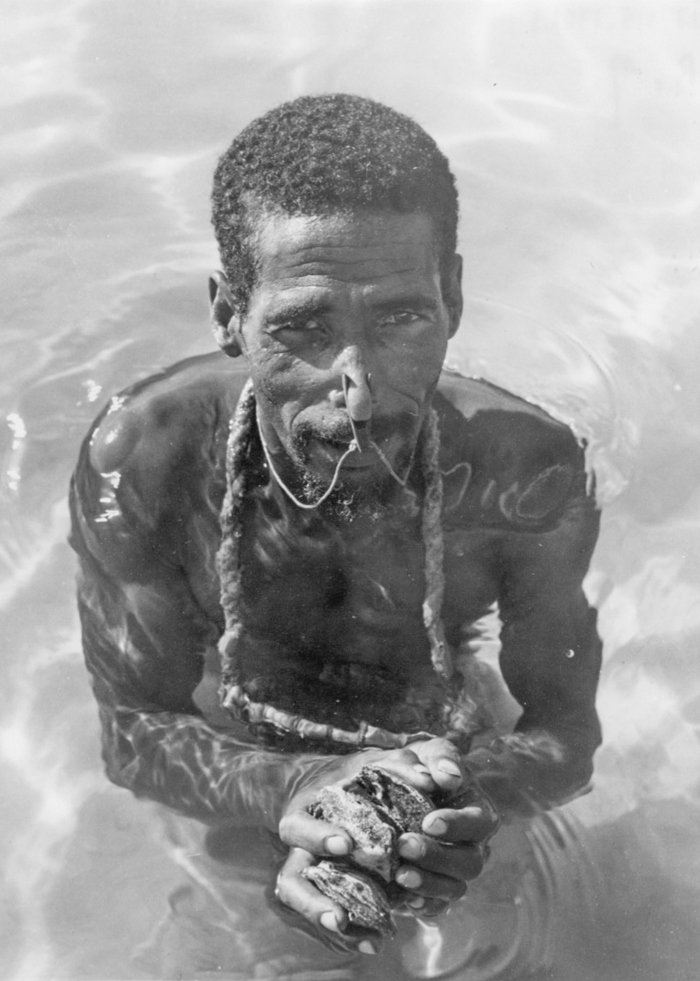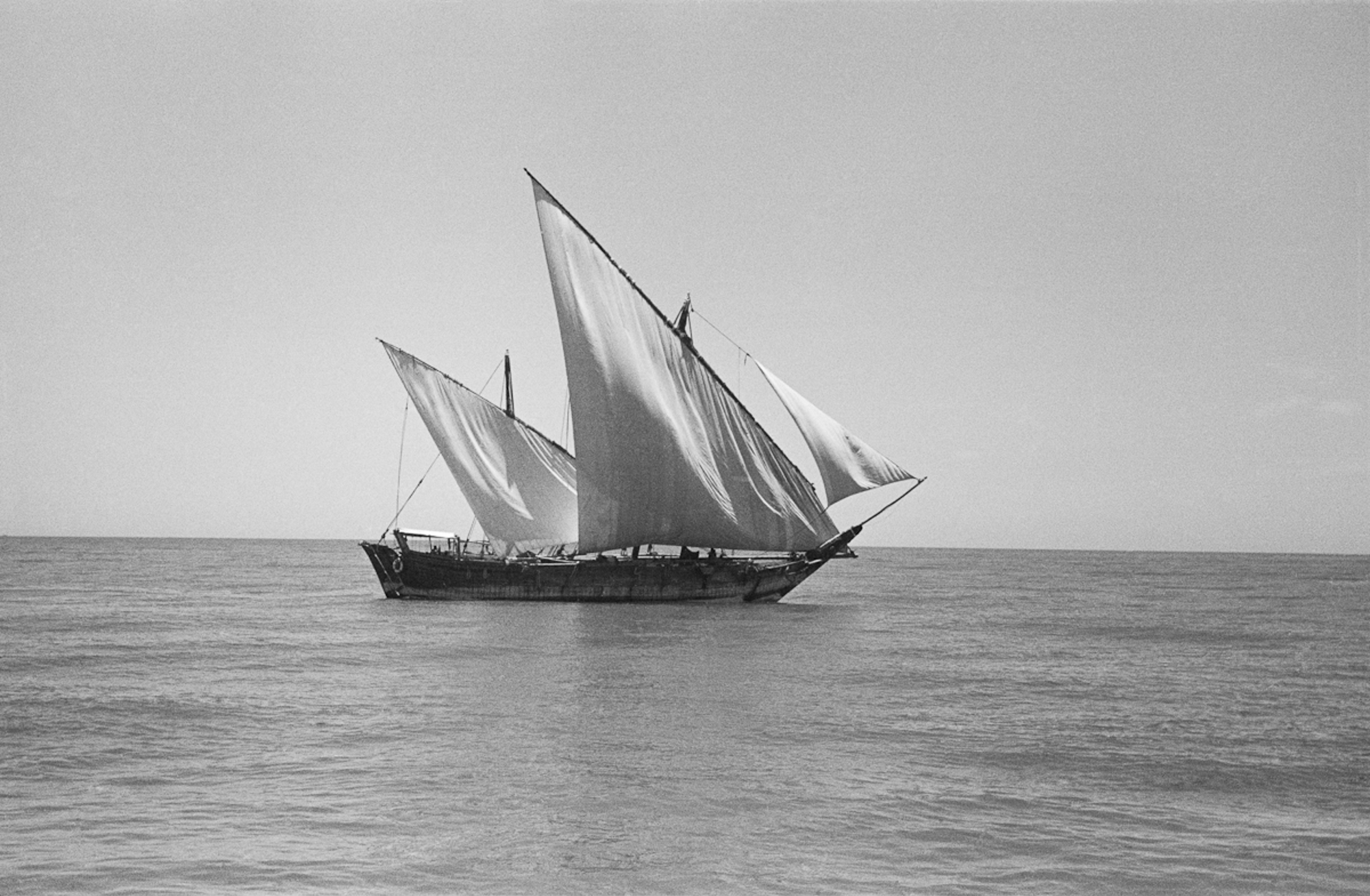
1930
1945
Humble beginnings
The journey begins with toil but no little ambition
Born into a family of pearl merchants in the days when Dubai was a little-known trading post on the shores of the Arabian Gulf, Abdulla Al Ghurair learned the meaning of hard work from an early age, developing a strong head for business that would go on to shape his future philanthropic endeavours.
"Philanthropy should start at an early age and in simple ways."
HE Abdul Aziz Al Ghurair
It is hard to reconcile 1920s Dubai, an unassuming fishing town with fewer than 20,000 inhabitants, and the thriving, skyscraper-studded metropolis it has become. Today, the emirate is a global economic hub with one of the world's busiest airports and a population of more than three million people. But as visibly unrecognisable as modern Dubai would be to anyone from the 1920s, its success is clearly deeply rooted in the ingenuity and hard work of its founders, including the Al Ghurair family.
Settlers were first drawn to Dubai's tidal creek in the eighteenth century. Nine winding miles of saltwater had helped to create a natural harbour, offering traders both respite from the harsh conditions of the surrounding desert as well as an avenue to get goods to market. Before long, Dubai developed into a bustling port and began to take the shape of the leading regional trading hub that it remains today.

Dubai's winding creek helped to create a natural harbour, offering traders both respite from the harsh conditions of the surrounding desert as well as an avenue to get goods to market. Photo: Getty

In Dubai's early years, wooden boats called abras were used to transport people and goods up, down, and across the creek, as well as out to ships in deep water. Photo: Pitt Rivers Museum, University of Oxford.

This picture taken in the 1940s shows a row of houses built from coral, some with tall, four-sided ventilation shafts rising from their flat roofs. Wooden grates and bars cover the windows to keep out the heat and dust. Photo: Wilfred Patrick Thesiger, Pitt Rivers Museum, University of Oxford.

Dubai was a busy trading point with people coming from across Africa and Asia to sell and buy goods. Photo: Getty Images.
Glistening at the heart of Dubai's burgeoning economy was the pearl business. As trading routes opened up, these highly coveted underwater gems were transported and sold as far afield as Asia, Africa, and Europe, turning local fishermen into expert divers and their handlers into wealthy merchants, and attracting intrepid European jewellers - including France's Jacques Cartier.
The late Ahmed Al Ghurair lived with his family by the shores of Dubai Creek, in a village called Deira. There, he owned a fleet of pearling boats taking divers – with clips on their noses and their ears stuffed with wax – to plunge the depths of the Gulf and collect gems to be sold on to merchants and royalty around the world.
It was a lucrative business, and the Al Ghurairs were wealthy compared to many at that time, but the family still lived simply, with few modern-day comforts, sheltering in a mud hut during the winter, and in tents during the scorching summers. Without electricity, there was no light or air conditioning to offer respite from the heat, and water was only drinkable once purified by a mesh to filter out insects and dirt.
Ahmed would spend months at sea transporting his pearls to hungry markets in Asia, leaving his wife Maryam Saif at home alone with their nine children. Born in 1930, Abdulla was the fourth eldest. He recalls his mother carrying a weapon for protection and still has memories of his older teenage brother, Saif, sailing away for up to four months at a time, living off fish, rice, and dates. It wouldn't be long before it was also Abdulla's turn and at the age of just six, he was already beginning to understand that success in life was only possible through hard work and a willingness to learn.
"He didn't have formal education but he learned how to do business the traditional way and those strong values and principles always stayed with him."
Former employee
Trawling for treasure
For hundreds of years, the finest pearls in the world were found in the waters of the Arabian Gulf and the pearling industry put cities like Dubai on the map. These images of pearl divers were taken between 1946 and 1954 by Italian photographer Ilo Alexander Battigelli. Photocredit: Ilo Alexander Battigelli / Pitt Rivers Museum, University of Oxford.

It was a dangerous occupation, which required divers to place a wooden or tortoiseshell clip to their nose and hang a net bag around their neck to collect the oyster shells. Photocredit: Ilo Alexander Battigelli / Pitt Rivers Museum, University of Oxford.

Men would dive to depths of 18 or more metres as many as 30 times a day, hunting along the sea bed for a full minute before being pulled up to surface by a rope. Photocredit: Ilo Alexander Battigelli / Pitt Rivers Museum, University of Oxford.

The Al Ghurair family ran a fleet of pearl dhows, which proved a lucrative business until the development in the 1950s of mass-produced cultured pearls in Japan. Photocredit: Ilo Alexander Battigelli / Pitt Rivers Museum, University of Oxford.

The UAE's main pearling season was called Ghous Al-Kabir (‘the big dive’) and took place between early June and later September when the weather, although hot, was generally clear and calm, providing ideal diving conditions. Photocredit: Ilo Alexander Battigelli / Pitt Rivers Museum, University of Oxford.

Once ashore, the shells would be opened, examined, and counted by pearling captains. Photocredit: Ilo Alexander Battigelli / Pitt Rivers Museum, University of Oxford.









